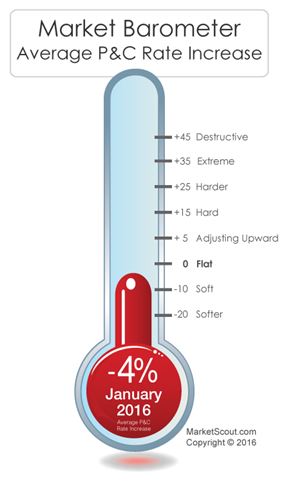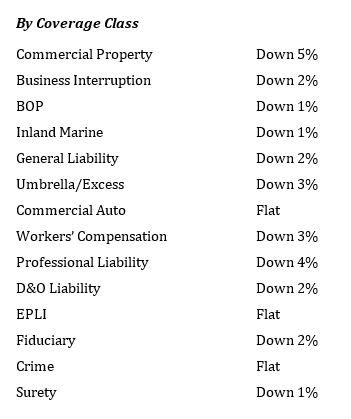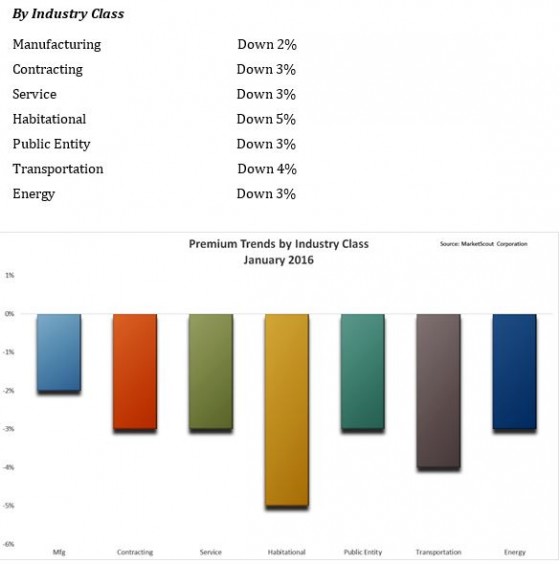
To be sustainable, organizations must prepare for crises that occur or risks that crystalize. General responses to those threats include alternative office sites, IT back-ups and communication protocols. As reality demonstrates over and over, it is critically important to have a strong leader in a crisis situation, be it the captain of a ship in a storm, the commanding officer of a platoon under fire or the CEO of a company in turmoil. A cacophony of contradicting orders or disintegration in the line of command is the surest way to increase a disaster’s impact and the time needed to recover.
Instead of creating a strong BCP landscape with clear lines of command and control, however, we more often see “balkanization,” or fragmentation of responsibilities. Business continuity planning, environmental health and safety, operational risk and IT disaster recovery are different teams with overlapping roles and responsibilities for crisis management.
The newest buzzword is resilience, which is discussed in a growing number of articles and lectures and defined as the “ability to bounce back to a normal operating status after a state of crisis.” There are also a number of overlapping areas with the aforementioned functions—and that is just on an intra-company level. The OECD has issued Guidelines for Resilience System Analysis, urging member states to set up resilience management on a country level basis.
Recent private initiatives like the 100 Resilient Cities (100RC) by the Rockefeller Foundation brings resilience management to an urban level. So if a natural disaster hits a major city, thousands of firms, and the city itself, will invoke a patchwork of crisis plans. For a larger disaster, there might also be a national crisis plan. Are there clear lines of command, however? Is everybody aware of what to do? We doubt it.
Modern BCP management does not need more specialization and buzzwords, but coordination of the different functions and initiatives to provide a clear, consistent and timely response. One of the most pressing tasks is establishing a common risk language to ensure that all stakeholders involved in the process have the same understanding. For example: While the 100RC initiative is coining the term CRO for chief resilience officer, the acronym is also widely used as an abbreviation for chief risk officer. So while talking about roles and responsibilities of a CRO, everyone involved should have a clear understanding about which CRO is meant.
100RC also looks at urban resilience in terms of surviving and thriving, regardless of the challenges—be they acute shocks (such as severe weather or earthquakes) or chronic stress (long term unemployment and violent crime)—and it seeks a much wider remit than the traditional concept of resilience as “the ability to bounce back from an event.”
The response is to call for a more coordinated approach working across multiple stakeholders through the chief resilience officer who, according to Michael Berkowitz (President of 100RC) “needs to build connections across not just various departments of municipal government, but across an entire ecosystem of people and places.” This is welcomed, since it is both forward looking and holistic in its approach to solving some of the world’s major issues in the next 20 years. Given that most entities are no longer stand-alone enterprises, but part of an increasing global network of customers, suppliers, regulators and other stakeholders, disaster recovery cannot be handled effectively by an individual member of that network. Instead, the entire group needs to collaborate to create an effective disaster recovery program. A central CRO who coordinates the needs of the various parts of the network seems to be the best way.
While we see this forward looking risk management approach to resilience as a welcome development, it does further complicate interaction between resilience and BCP by muddying command and control and introducing the potential for more stakeholders into an already complex chain. What is required for this to work is very clear planning and, one could argue, the ability for external (such as municipal) CROs to assume command of enterprises under his or her jurisdiction.
As of now, in most jurisdictions it is the responsibility of the CEO and the board to determine and define risk capacity and risk appetite. This leaves little room for outsourcing BCP or resilience planning. The key question, then, is whether a change in mindset and approach is required to enable the development of network-wide recovery solutions, thus overcoming the balkanization of BCP.
 prevent commercial property rates from dropping further.”
prevent commercial property rates from dropping further.”





